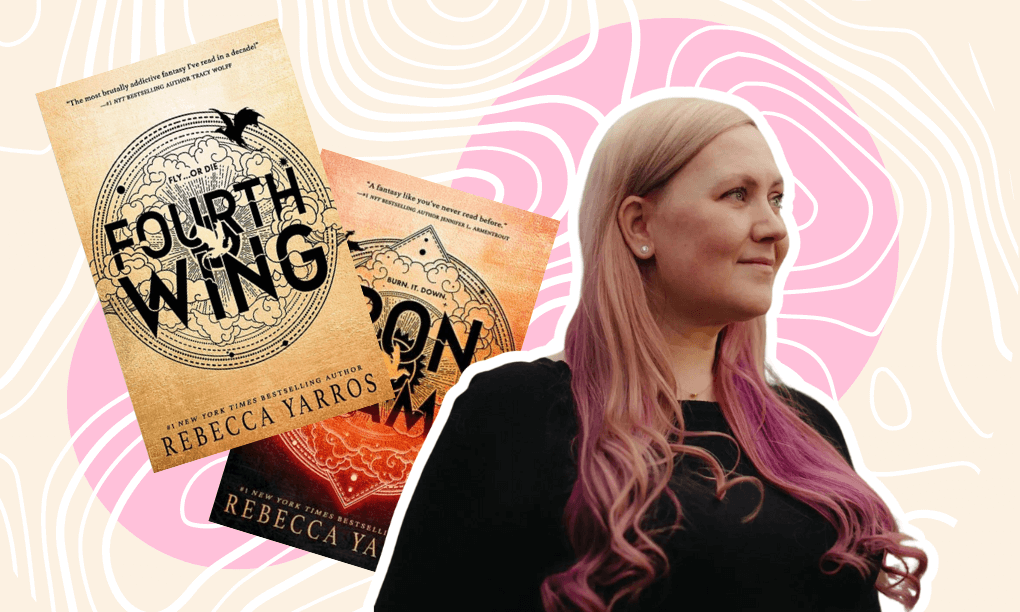Upcycling is a path we can take to use excess and disposed materials while saving energy and raw materials and expressing ourselves. It is one of the coolest sustainability trends many brands have already incorporated. In this article, we will highlight this rapidly growing industry and take a look at several brands that promote mindful production and consumption.
What Is Upcycling?
Upcycling is a method of using disposed or damaged materials and transforming them into new products. It’s nowadays broadly used by many fashion brands as well as other companies. Strictly speaking, upcycling allows not to use any new raw materials but rather use what’s already been used and created. It’s a way for companies to stay green and contribute to the planet’s wellbeing.
Upcycling Vs. Recycling
The two terms are sometimes used interchangeably, but there is a difference between upcycling and recycling. Upcycling means using whole pieces of old materials to create new ones, while recycling means reusing old materials after they were turned back into raw materials. While recycling is a great way to be sustainable, upcycling is another way to reduce the harmful effects of manufacturing—it requires even less effort and fewer raw materials in the process.
What Companies Use Upcycling?
Many companies specialize in producing things from waste materials, useless, or unwanted products.
Looptworks
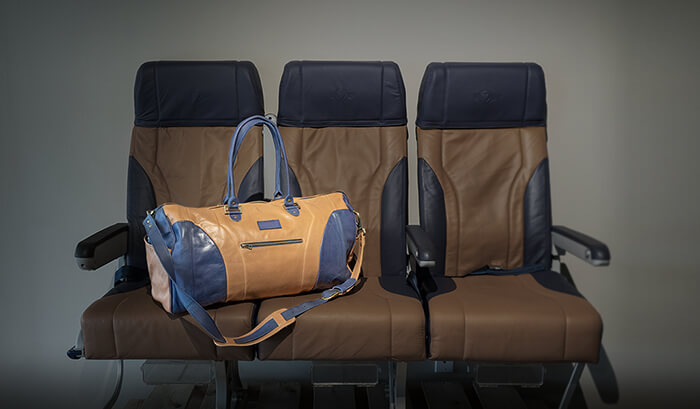
Looptworks is a design brand based in Portland, Oregon, specializing in creating new things from “what already exists.” The company re-purposes and upcycles old, used, and damaged materials and turns them into limited edition products. They collaborate with many famous brands such as Tesla or Patagonia. One of their projects is Southwest In-Flight Collection, which included stylish bags made from leather seat covers provided by Southwest Airlines. When the airline decided to redesign seats in 2015, they gave away 80,000 blue and tan leather covers to Loopworks. This resulted in an amazing bag collection.
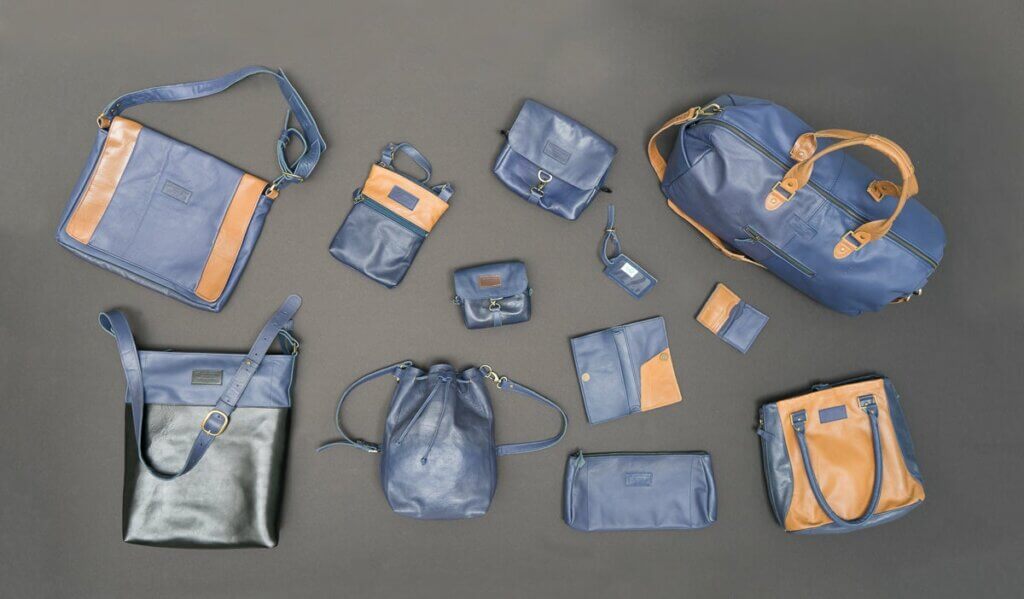
Apart from seat covers from airline seats, they use leather jackets, t-shirts, skis, etc.—any excess materials coming from their partner companies—to create something new. However, choosing upcycling as a business model comes with a challenge, as each collaboration is different. Every time, materials need to be collected, cleaned, and deconstructed, which is not always possible to carry out in a uniform way. Nevertheless, with the challenge comes all the fun of a creative process and the realization of how much energy and materials are saved in the process.
Vélosophy
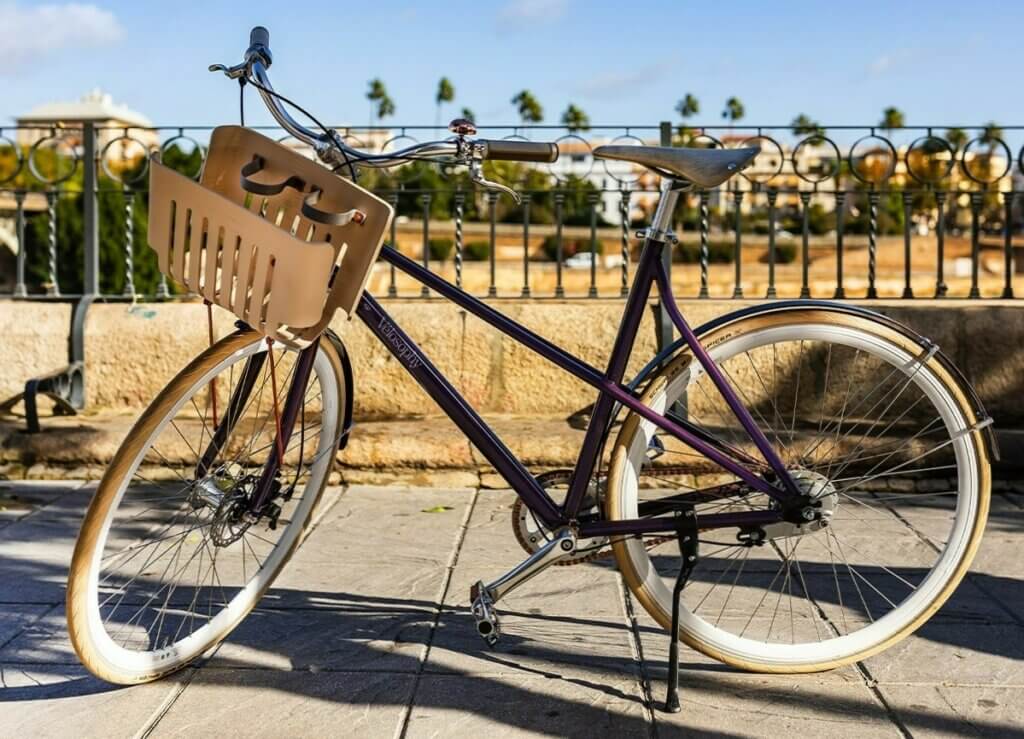
The next case on our list is the cycling brand Vélosophy—they managed to arrange a perfect marriage of design and sustainability. It is a Swedish brand with a very specific mission—One for One promise—to help young schoolgirls in developing countries get an education. Therefore, they donate a bicycle for every Vélosophy they sell. Right, they are as cool as that.
And when it comes to their upcycling policy, they’ve collaborated with Nespresso to create bike frames from the excess aluminum recycled capsules. What is great about this idea is that aluminum waste can be recycled indefinitely, providing an opportunity for endless reuse. The child of Vélosophy and Nespresso, the RE:CYCLE bike is basically a bike that was a coffee delight before. Not only is it a pleasure to ride, but it is also a tool to inspire people to recycle more coffee capsules… and recycle more in general.
hejhej

hejhej is another brand with an upcycling approach to design, this time from Germany. The company makes closed-loop yoga mats. All their mats are of the highest quality and manufactured from recycled materials. What the company basically offers is a mat from recycled materials. When its life ends, you bring your mat back to them. They then recycle it back to the raw material, get the foam for the new mat, and recreate it again. The next time, the process is repeated. So the cycle never ends. Ingenious! So much waste is NOT produced.
Upcycling Fashion Brands
If you’ve watched The True Cost, you probably won’t be surprised by the following numbers: according to the Fashion on Climate report, the “global fashion industry produced around 2.1 billion tonnes of greenhouse gas (GHG) emissions in 2018, equalling 4% of the global total.”
The good news is that all the more clothing and garment companies are now choosing new production methods and integrating upcycling into conventional garment production processes. The upcycling fashion industry gives new life to old clothing by creating products that combine new and used materials. It also allows reducing the harmful impact of manufacturing. Read on about the brilliant ideas already implemented by some fashion brands.
Archivist Studio
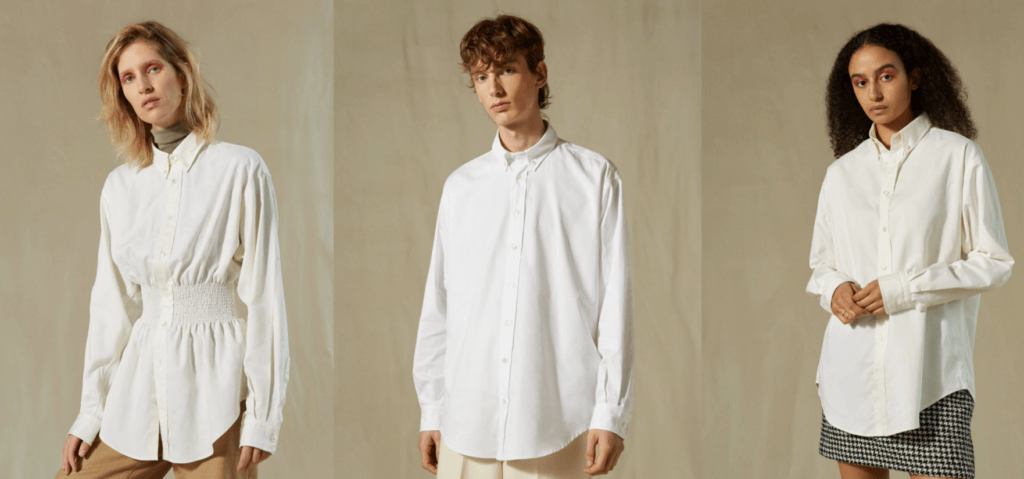
Archivist Studio gives used luxury bed linens a second life: they turn them into tailored garments. Based in Amsterdam, the brand sources the material (Egyptian cotton) for their shirts via collaboration with hotels and linen rental companies. In the beginning, the hotels were a bit wary about the request to give away their worn and torn bed sheets instead of sending them to landfills. However, the COVID-19 pandemic made the idea of such collaboration more attractive, and now, hotels are doing it all the more willingly. This is how Archivist Studio doesn’t let the bedsheets be thrown “away.” We think it’s very cool.
Patagonia
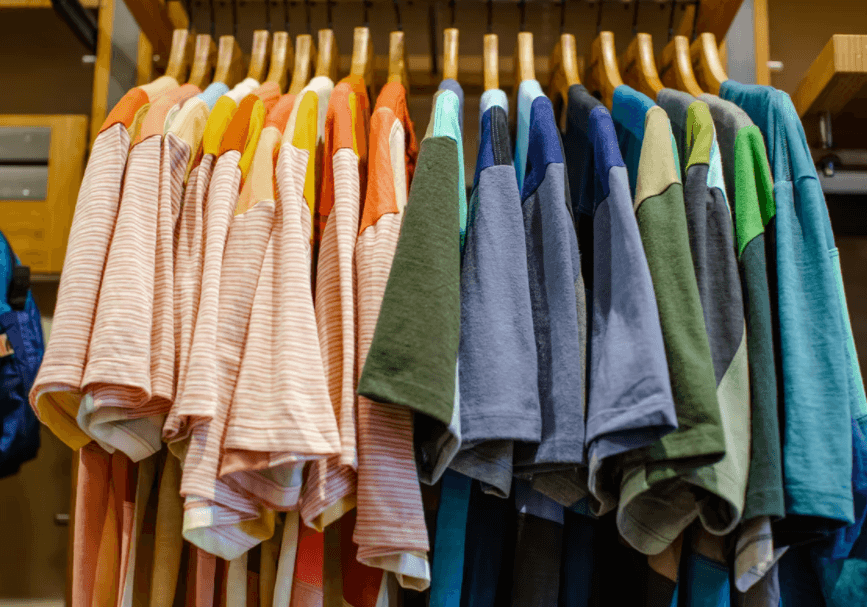
Patagonia is a classic outdoor fashion brand that has been a pioneer of sustainable fashion since 1993. Apart from their numerous environmental activities and programs, they also have a trade-in Worn Wear program. They have also recently launched the ReCrafted line—the new collection made from old clothes damaged beyond repair. They basically take worn and torn things brought by customers, deconstruct them, and sew them back again into new Patagonia garments. Mind you, these new clothes are priced between $44 and $252, which is more than some new garments, but they are extremely popular and sell out really fast. As they state on their website, “Life happens in chapters.” And we agree.
Re;code
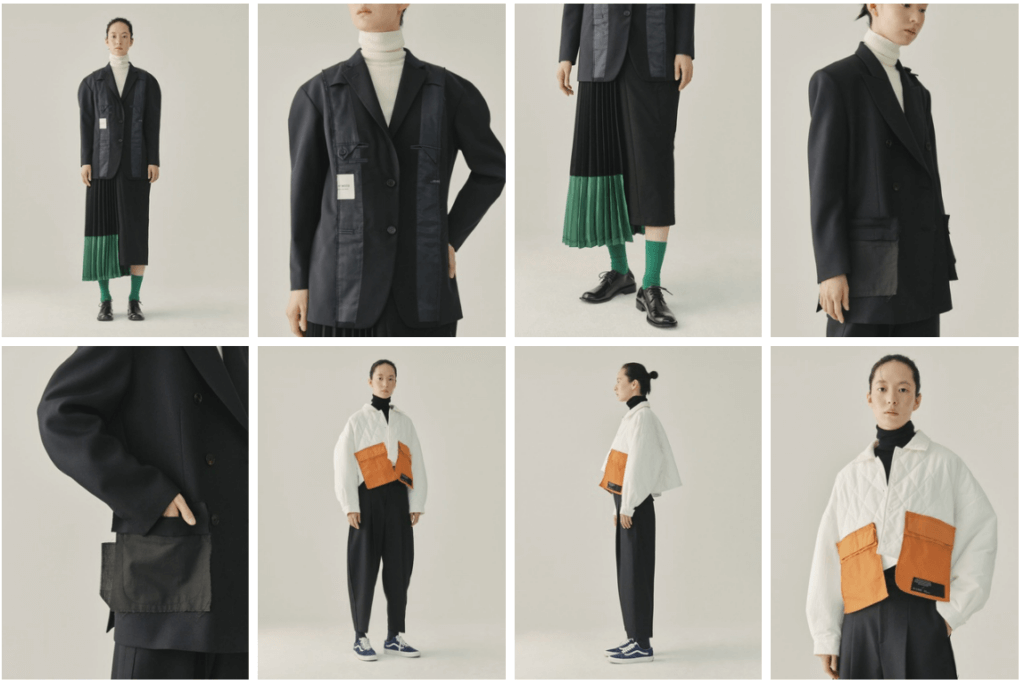
Re;code is a South Korean brand that specializes in upcycling. They started in 2012 with the slogan “This Is Not Just Fashion.” It utilizes various discarded industrial materials (e.g., seat covers, airbags, military fabrics, car interior materials, tents, and parachutes) to design their clothes. You can rest assured that each piece of clothes is unique. The company also collaborates with Goodwill.
The Future of Upcycling
As you can see, upcycling is the new recycling. At the moment, it’s not as popular as we hope it’ll become in the future. It’ll take a while until the idea becomes a norm in many industries. In the meantime, the companies choosing the upcycling path have several challenges to overcome, from sourcing high-quality excess materials and updating all manufacturing processes to battling the negative attitude towards upcycled products and creating new marketing strategies, and so much more.
However, as we can see from the examples above, everything is possible if you choose the direction you want to move in and put your best effort into it. At BooksRun, we show great support to the brands that have implemented upcycling as a part of their production process. While we don’t upcycle anything ourselves, we partner with a few of the companies that do. We also recycle a lot of paper and are ready to support any upcycling initiative and collaborate with them. We believe that the future of our world is in our hands and are willing to make changes happen.


